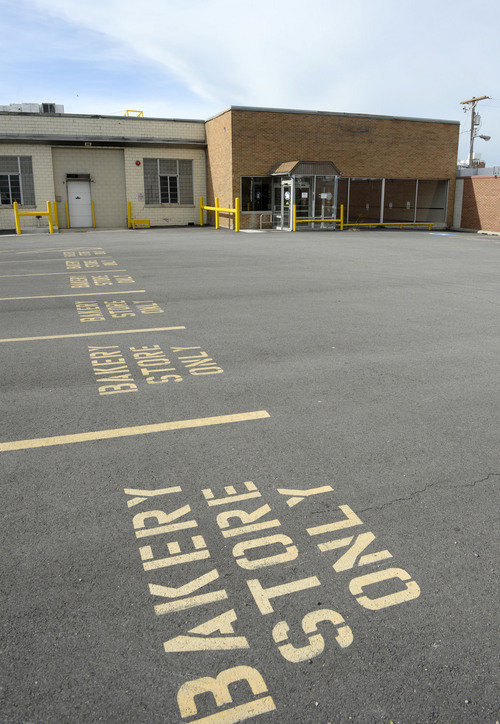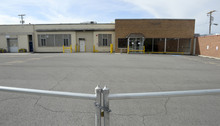This is an archived article that was published on sltrib.com in 2014, and information in the article may be outdated. It is provided only for personal research purposes and may not be reprinted.
One of Utah's leading developers is planning a residential complex on prime land near the busy intersection of 400 South and 700 East in Salt Lake City.
Jake Boyer, president and CEO of The Boyer Company, confirmed his company is now in the design phase for a mixed-use project at the high profile downtown site, focused primarily on high-density housing.
The company hopes to begin construction in early 2015, he said.
The 3.18-acre cluster of parcels is tucked just east of Litzas Pizza restaurant along the University of Utah extension of the TRAX red line along 400 South. The lots sold earlier this year in what several experts said was a highly competitive bidding process, part of a regional consolidation by its prior owner, Portland-based U.S. Bakery.
Long the site of a hotdog and hamburger bun factory widely known as Franz Bakery, the land is considered a prime development spot, accessible to TRAX, downtown, the U., Trolley Square mall and a host of popular restaurants and retail businesses along the 400 South commercial corridor.
"It really is a great location," Boyer said Monday. "It's just a great midpoint between the university and the downtown. It's not very often that you can tie up that nice of a piece of property downtown."
The residential complex, with as many as 300 units, is being built in a partnership between the Boyer Company and Cowboy Partners, a Salt Lake City-based developer specializing in multifamily and mixed-use building across the West.
"The site is truly compelling, a high-energy location,'' said Dan Lofgren, president of Cowboy Partners.
The project also is one in a series of new apartment developments sprouting across Salt Lake City's downtown in what city officials have described as a historic boom in high-density building projects. As many as 6,000 units are proposed across Salt Lake County over the next two years, many of them one- and two-bedroom apartment projects in the urban core.
This site now enjoys a unique city zoning related to its proximity to TRAX stops. It's within what urban planners have named a transit station area (TSA) district. Zoning rules in downtown TSA districts encourage efficient, attractive transit- and pedestrian-focused projects that often mix commercial and residential uses, with upwards of 30 dwelling units allowed per acre.
Such districts are in place along key sections of 400 South, North Temple and elsewhere. They also make possible multi-story construction, in certain circumstances as high as ten stories. Lofgren said the 400 South apartment project would probably reach between four and six stories high.
The bread factory lot extends south through the block to 500 South, giving it a shared boundary with the historic Gilgal Sculpture Gardens, at 749 E. 500 South. Advocates for Gigal have raised concerns about the project's effects on the gardens, known for idiosyncratic sculptures drawn from Mormon lore.
Judi Short, a member of Friends of Gilgal and the small park's master gardener, said the group has pushed for setbacks between the garden and the new apartment complex, hoping to avoid it blocking late-day sunshine. The existing wall between the bread factory and Gigal is 23 feet high. Anything higher, she said, could affect the park's character.
"We've expressed concerns about the shade,'' said Short, also a member of the Sugar House Community Council. "The big cachet of the garden is that it's a secret, hidden spot."
Lofgren confirmed that conversations regarding Gilgal were ongoing. The apartment project is still in an early design stage, he noted, calling the shared border with the garden "a relatively minor part of the development equation."
"We want to be respectful. We want to be good neighbors," Lofgren said, "but we also need to be realistic."
Twitter: @Tony_Semerad





